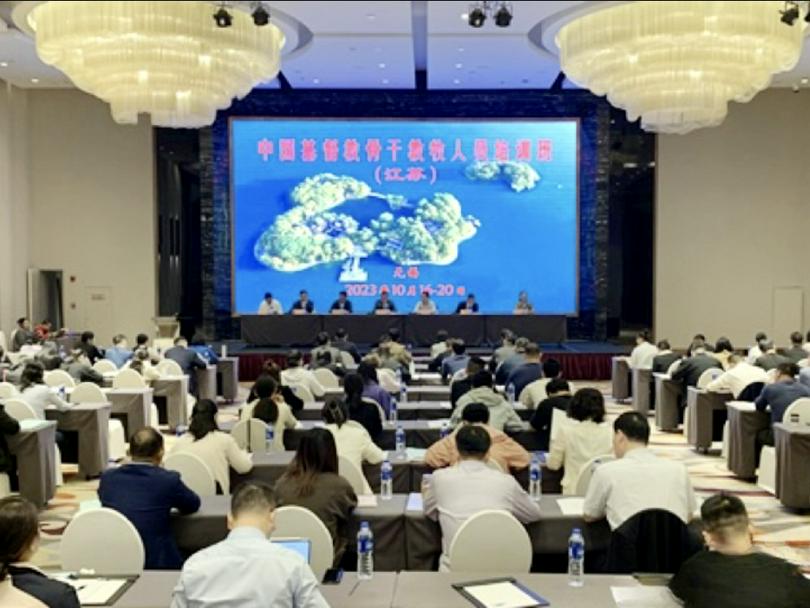In Chinese churches, during recent decades, pastors preached on the altar while the congregants listened below. After the COVID-19 pandemic, many churches have adopted group-based and home-based models, and the patterns of micro-churches, home churches, and cell churches have entered China.
To better carry out small group ministry, Pastor Chen, who serves in a city church in South China, said that churches urgently need more personnel for ministry and preaching.
Pastor Xu, who serves in a church in a fourth-tier city in East China, ministers to around two hundred believers. In the past, with four full-time staff workers, they could manage even during church festivals. However, since the outbreak of the pandemic and the church's transition to group-based models, they have found that four full-time church workers are not enough.
Initially, everything seemed fine as the four workers rotated shifts to handle pastoral care and service. However, during communion service, since there were 20 groups, the two pastors had to go to each group separately to preside over the services, taking up ten days each month. The other two full-time staff had to follow suit.
Pastor Chen from South China believed that while large churches may find it easier to attract people, it was challenging to follow up with and care for newcomers. Additionally, after a church transitions from large to small, there is often a shortage of manpower for service and pastoral care. Therefore, it is urgent to nurture more staff workers and volunteers. If the number of church workers doesn’t increase, believers may leave due to inadequate pastoral care, hindering the church's growth.
Therefore, Pastor Chen believed that for almost all churches, the major and urgent task was to nurture more full-time staff workers and volunteers.
- Translated by Abigail Wu












